Revolutionizing Internet Access: The Power of Fixed Wireless Access (FWA) in 2025
Introduction to Fixed Wireless Access (FWA)
Imagine being able to access lightning-fast internet without the hassle of digging trenches, laying cables, or waiting months for infrastructure to roll out. That’s the power behind Fixed Wireless Access (FWA). In a world increasingly reliant on internet connectivity, FWA stands out as a revolutionary technology that brings broadband access to homes and businesses using radio signals instead of wires.
Fixed Wireless Access delivers internet by sending data over radio waves from a nearby base station to a receiver placed at the user’s premises. Think of it as a mini cellular tower beaming data straight to a small antenna outside your window. This setup is quicker to install and far more versatile than traditional broadband options like DSL or fiber optics. With Fixed Wireless Access, users benefit from reliable and fast internet even in areas with minimal wired infrastructure.
Table of Contents
Key Components Of Fixed Wireless Access (FWA)
i) Base Station
- Role: Serves as the central hub, transmitting signals to multiple users via licensed (e.g., 3.8–4.2 GHz) or unlicensed (e.g., 5–6 GHz) spectrum.
- Features: Supports point-to-multipoint (PtMP) connectivity with MU-MIMO for concurrent data streams and beamforming for signal focus.

ii) Customer Premises Equipment (CPE)
- Role: Receives base station signals, converting them to Wi-Fi or Ethernet for user devices.
- Types: Outdoor (roof-mounted, high-gain, 25 dBi) or indoor (portable, cost-effective).
- Features: Supports Wi-Fi 6/6E, 2×2 or 4×4 MIMO, and speeds from 100 Mbps to 1 Gbps, with ranges up to 5–10 km.

iii) Network Management System (NMS)
- Role: Monitors and optimizes network performance, managing traffic and bandwidth.
- Features: Cloud-based or on-prem analytics, predictive maintenance, and real-time diagnostics for scalability.
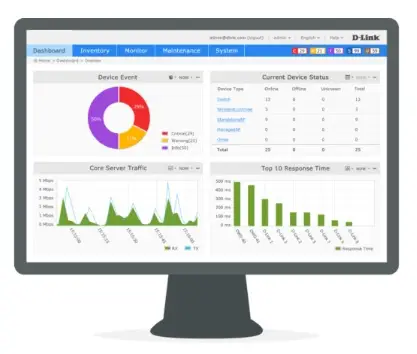
How FWA Works Compared to Traditional Broadband
Conventional internet options such as DSL and fiber require significant physical infrastructure on the ground. Cables must be laid underground or on poles, which can be time-consuming, expensive, and disruptive—especially in rural or remote areas. In contrast, Fixed Wireless Access technology eliminates this dependency. It uses towers or antennas to send a direct wireless signal to a receiver, much like your home Wi-Fi but on a much larger scale.
The installation process for Fixed Wireless Access network is also significantly faster. Unlike fiber networks that may need several months to install, Fixed Wireless Access can be set up within just in a few weeks. This makes it a game-changer for regions that are underserved or recovering from infrastructure breakdowns.
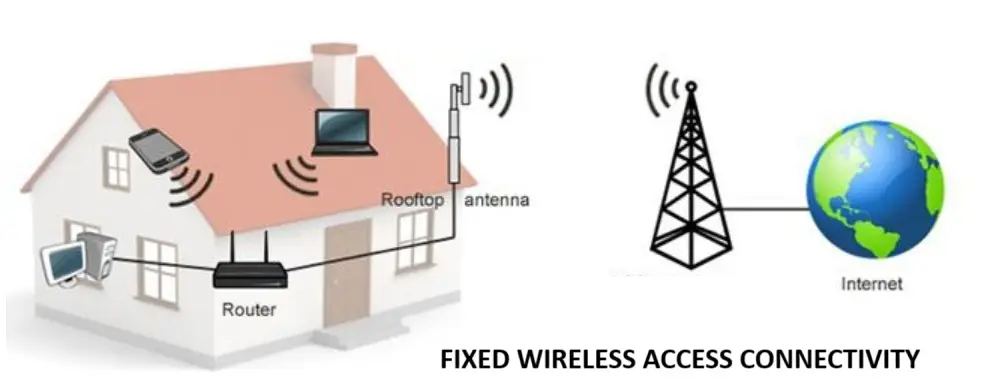
Why FWA is Gaining Popularity in 2025
Speed and Cost-Effectiveness
Speed is everything in today’s digital world. Whether you’re streaming 4K content, attending virtual meetings, or gaming online, you need a stable and fast connection. FWA can now rival the speeds of traditional broadband, especially with advancements in spectrum technology and better transmission equipment.
Moreover, because Fixed Wireless Access (FWA) skips the expensive physical infrastructure, it offers a more affordable setup. Providers save on operational costs and, in turn, offer competitive pricing to end users. For consumers in emerging economies or remote locations, this can be the first realistic opportunity for broadband-level speeds.
Reduced Infrastructure Dependency
With climate change increasing the frequency of natural disasters, infrastructure vulnerability is a real concern. Floods can damage underground cables. Earthquakes can disrupt networks. Fixed Wireless Access (FWA) offers resilience. Since it doesn’t rely on extensive cabling, it’s less prone to physical damage.
This makes Fixed Wireless Access (FWA) ideal for emergency communication systems, disaster recovery zones, and areas with fragile infrastructure. It’s also mobile-friendly—base stations and receivers can be moved or reconfigured quickly, offering unmatched flexibility.
Key Benefits of FWA Technology
Rapid Deployment in Rural and Underserved Areas
Remote regions have traditionally been underserved when it comes to internet connectivity. It’s just not profitable for traditional ISPs to dig trenches or lay miles of fiber for a handful of customers. Fixed Wireless Access (FWA) flips the economics. One tower can serve multiple households without the need for individual cable lines.
Governments and organizations are now investing in Fixed Wireless Access (FWA) technology to bridge the digital divide. In 2025, projects across Africa, Southeast Asia, and South America are turning to FWA to deliver fast, reliable connectivity to villages that never had it before. It’s not just about entertainment—it’s about access to education, healthcare, and economic opportunity.
Environmental and Energy Efficiency
Here’s a bonus: FWA is greener. Traditional broadband requires kilometers of copper or fiber, digging up land, and installing heavy infrastructure. FWA stations, on the other hand, require minimal disruption to the environment and consume less energy.
Curvalux, as an example, employs power-saving beamforming antennas that use significantly less energy compared to traditional systems. Some FWA setups can even be powered by solar panels, making them ideal for off-grid locations and reducing the carbon footprint.
Scalability for Growing Populations
Cities are expanding. Populations are growing. The internet demand is exploding. FWA offers a flexible solution that can easily expand to meet increasing demand. Adding new users is as simple as configuring more receivers or deploying additional base stations. No need for massive overhauls or disruptive construction.
This scalability makes FWA not just a stopgap for the unconnected, but a future-ready solution for expanding digital needs in both urban and rural settings.
Challenges and Considerations with FWA
Network Congestion and Signal Interference
every technology has its limitations, and Fixed Wireless Access is no different. One common concern is network congestion, particularly in high-density areas where multiple users compete for the same bandwidth. If not managed properly, this can lead to slower speeds during peak usage times, creating frustrating lags and buffering issues.
Signal interference is another hurdle. Unlike wired connections, wireless signals are susceptible to disruption from buildings, trees, weather conditions, and even other electronic devices.
To ensure the successful growth of Fixed Wireless Access, telecom operators must adopt well-thought-out planning strategies. Adequate spectrum allocation, optimized antenna placement, and intelligent traffic management are all necessary to ensure consistent performance.
Weather and Line-of-Sight Limitations
Rain, snow, fog, and even strong winds can impact wireless signals. Although modern FWA solutions, like those from Curvalux, are built to handle harsh conditions, severe weather can still impact their performance. This is especially true for high-frequency systems like mmWave, which offer ultra-fast speeds but have limited range and penetration.
Another critical factor is line-of-sight. FWA relies on a clear visual path between the transmitter and receiver. In cities with tall buildings or in mountainous terrain, this can be difficult to achieve without installing multiple repeaters or relays. Fortunately, newer FWA systems can use reflected signals or mesh networks to navigate around these obstacles, but it often requires more planning and equipment.
Key Players in the Market
- Mimosa (A6): Shines in high-density urban areas with Wi-Fi 6E, offering 7 Gbps but with higher CPE costs and shorter ranges. Click here to review more product line of Mimosa
- Cambium (ePMP 3000): Ideal for WISPs, delivering 1.2 Gbps with GPS sync, balancing cost and range, though grid-powered. Cambium offers wide range of products Click here for more details
- Ubiquiti (Rocket 5AC): Affordable and scalable for small WISPs, but limited in noisy environments due to basic interference mitigation. Visit Ubiquiti product line for more details
- Curvalux-like MIMO: Optimized for rural, off-grid deployments with solar power, low-cost CPE ($40), and 5 Gbps, but unlicensed spectrum risks congestion. Click here for more details
- Tarana Wireless is redefining broadband connectivity with its next-generation Fixed Wireless Access (FWA) solutions. Known for its breakthrough platform Gigabit 1 (G1), Tarana delivers high speed services over the air, even in non-line-of-sight (NLoS) and high-interference environments. Click here for more details
Vender Comparison
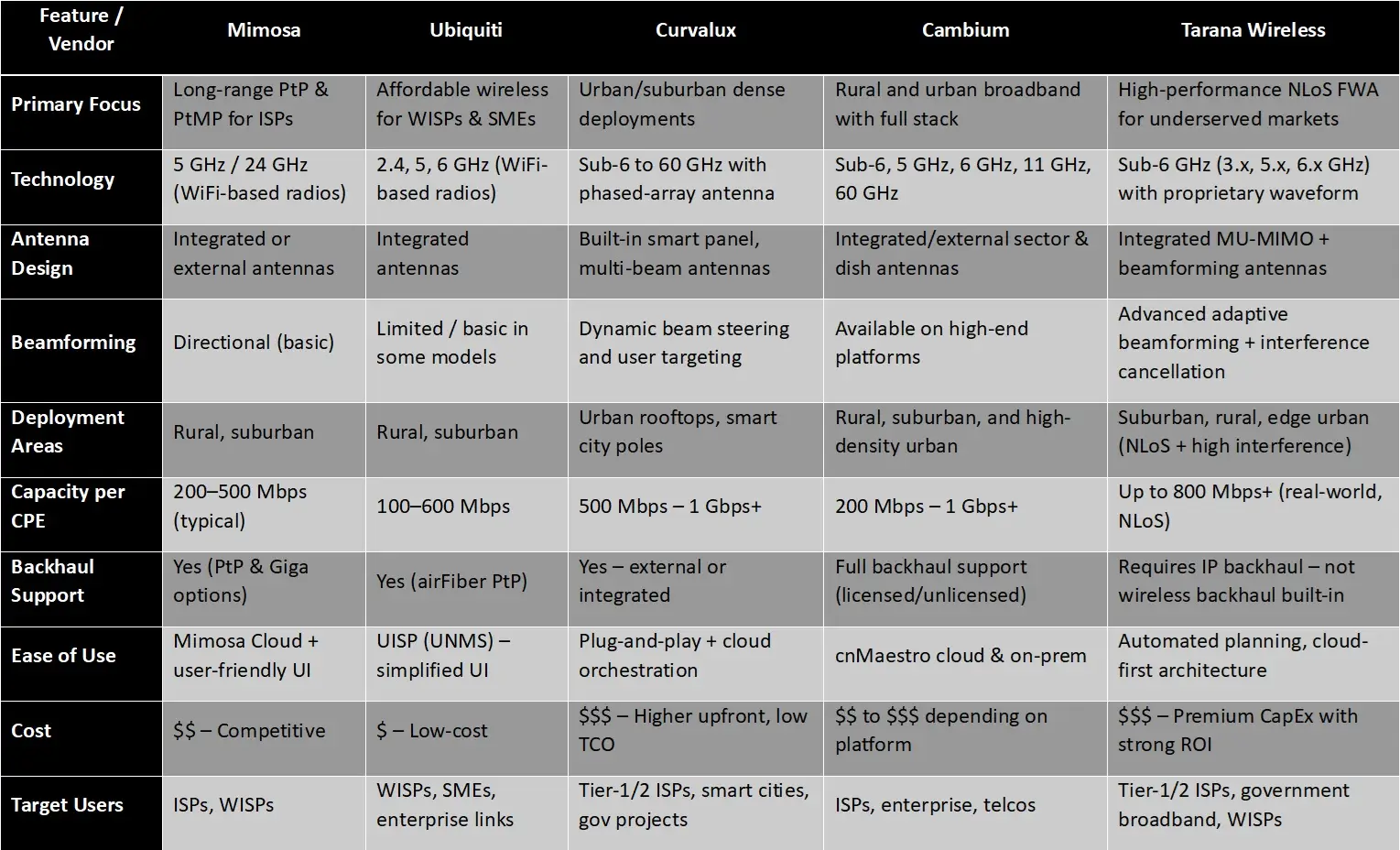
The Future of FWA: What to Expect Beyond 2025
Integration with Satellite Networks
Satellite providers like Starlink and OneWeb are eyeing collaborations. Hybrid models could combine satellite backhaul with local FWA distribution, especially in extremely remote areas where neither terrestrial nor fiber infrastructure is practical.
Imagine a future where your home is connected through a satellite, but your devices communicate via ultra-low-latency FWA within the house or community. It’s no longer science fiction—it’s happening. Click here to review more details about Fast Internet Speed in Pakistan and Satellite Internet Availability in Pakistan.
Bridging the Global Digital Divide
In 2025, nearly 2.6 billion people still lack reliable internet access. FWA, especially when powered by solutions like Curvalux, is a beacon of hope for these populations. From online education to remote work, from telemedicine to digital banking, the benefits of connectivity are life-changing.
Public institutions, nonprofit organizations, and businesses are joining forces more frequently to bring Fixed Wireless Access to underserved populations. What makes FWA unique is its agility—it doesn’t require billions in infrastructure investment to deliver results. With the right technology, a few well-placed towers can light up entire villages, schools, and health centers.
The digital divide won’t be bridged overnight. But with technologies like FWA, the gap is closing faster than ever.
Recent Deployment
As per recent information, PTCL has successfully deployed and launched their FWA services in 3.5GHz in AJK. For more details please visit review Flash-Fi product on PTCL website.
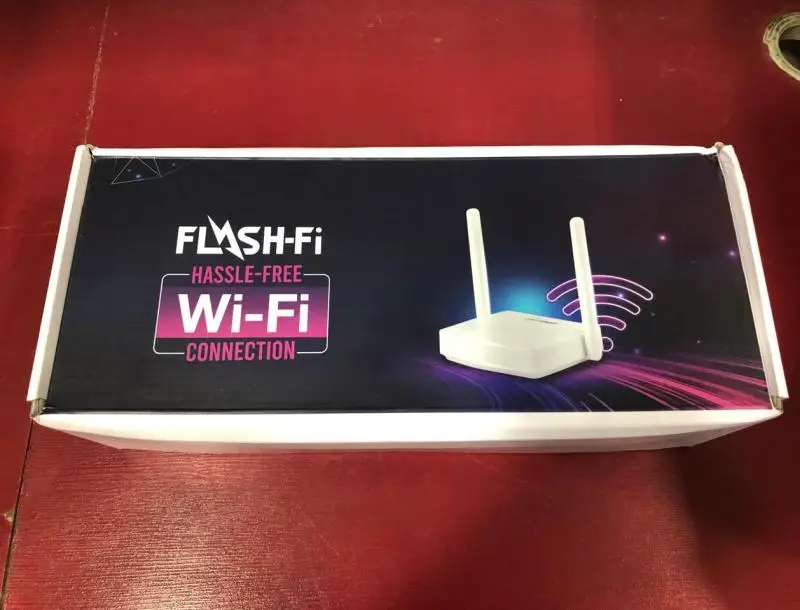
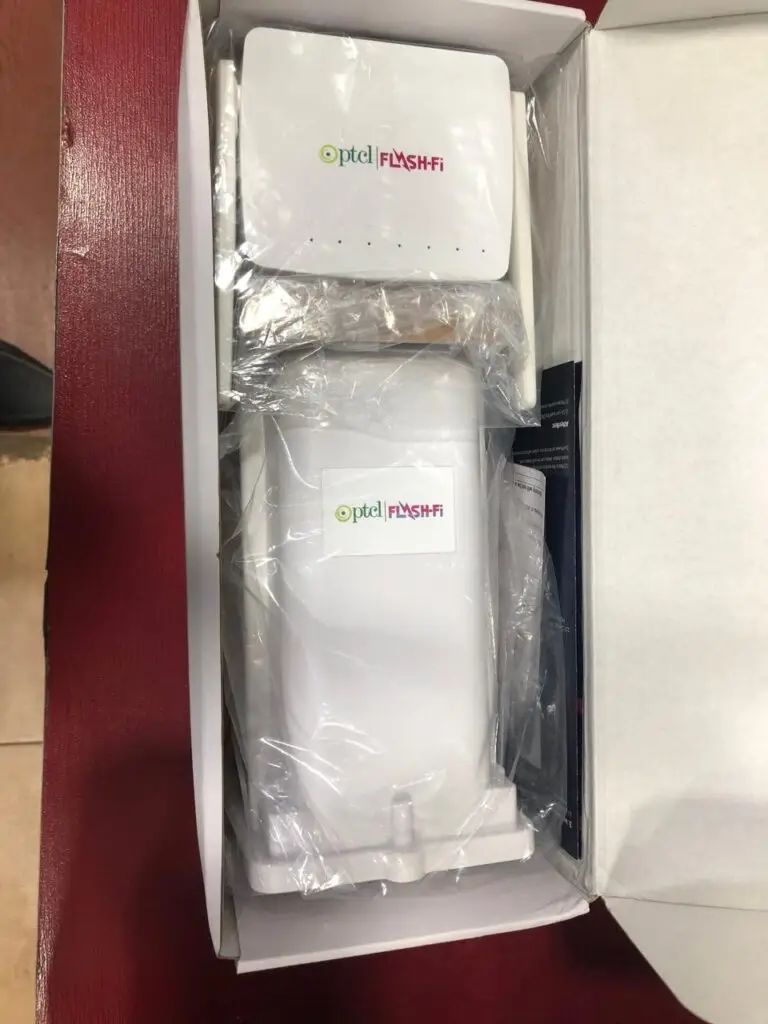
Conclusion
Fixed Wireless Access (FWA) is no longer an emerging technology—it’s a vital pillar of the modern digital landscape. In 2025, it’s playing a key role in delivering fast, affordable, and reliable internet across the globe. Whether you live in a bustling city or a remote village, FWA has the potential to transform how you connect to the world.
As we look to the future, it’s clear that FWA isn’t just a stopgap—it’s the foundation of a more inclusive, connected, and sustainable internet infrastructure.
Frequently Asked Questions | FAQs
Is Fixed Wireless Access (FWA) better than fiber optics?
Not necessarily “better,” but FWA is more flexible and easier to deploy. Fiber offers ultra-high speeds and reliability but is costly and slow to install. FWA offers comparable speeds in many cases with less disruption and at a lower cost.
Can Fixed Wireless Access (FWA) replace traditional mobile data networks?
FWA is more of a complement to mobile networks. While it provides home or office broadband, mobile data is still essential for on-the-go connectivity. However, both technologies increasingly share infrastructure, especially with 5G integration.
What kind of speeds can users expect from Fixed Wireless Access (FWA) Technology ?
Today’s FWA technologies are capable of providing internet speeds anywhere from 100 Mbps up to more than 1 Gbps, based on factors like geography, hardware, and the service provider.
Is Fixed Wireless Access (FWA) technology suitable for business applications?
Absolutely. Many small and medium-sized businesses use FWA for their primary internet access. It’s fast, scalable, and often more affordable than leased lines or fiber—especially in areas where installation costs are high.



